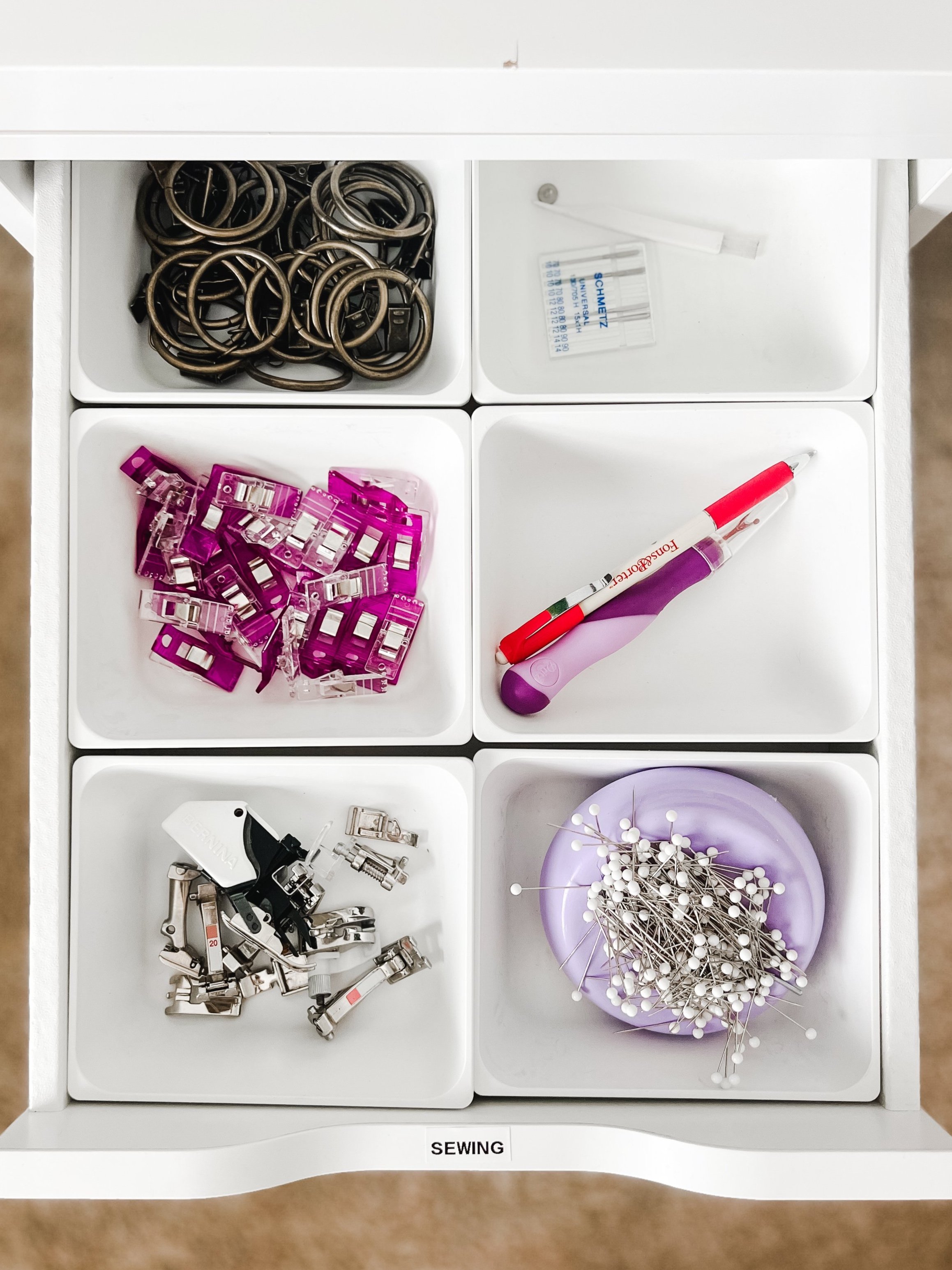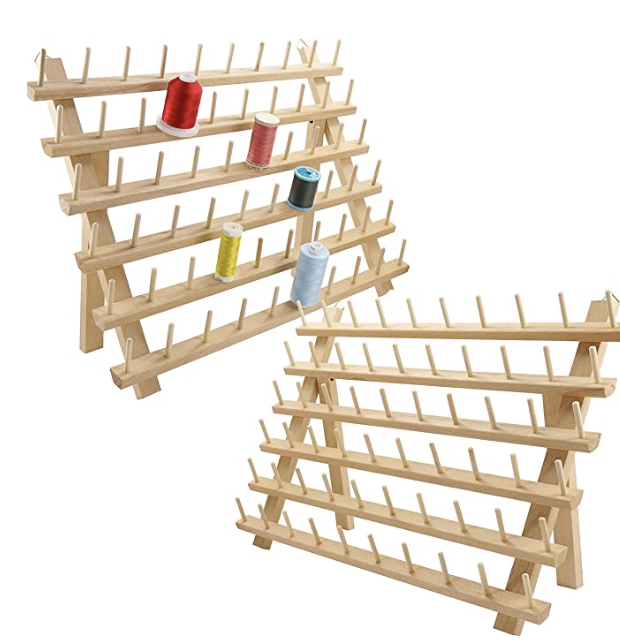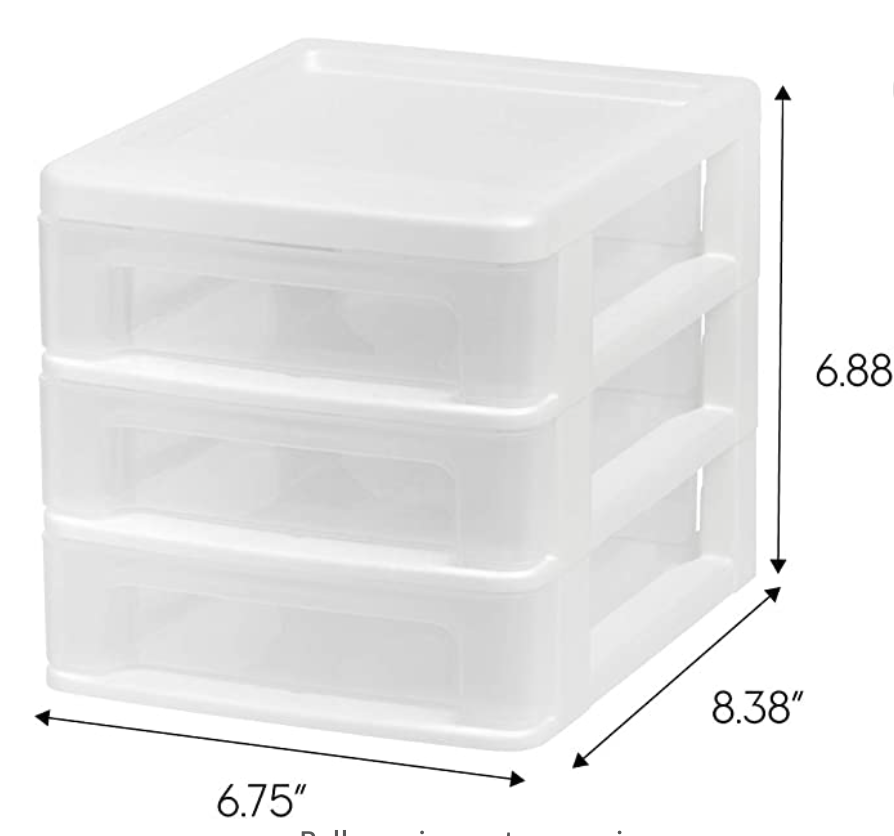The Two Keys to Sewing Room Peace
Every fall, I pull out my sewing machine when I volunteer to alter local high school marching band uniforms. And every fall, I have to look up how to fold fabric for a blind hem on pants! It’s the only time I ever do any tailoring.
Most of my adult life, my sewing has been small projects like clothes for my kids, or big projects like quilts and because sewing is important to me, I have always had a sewing room at home. I keep all the notions I would need for my usual sewing, plus a small stash of fabrics that I use a lot, like leather scraps, burlap, neutral twill, or linen. I don’t keep a large inventory of fabric because I don’t have the space, and I don't buy fabric without a specific project in mind. To me, that’s just money on the shelf and it may sit there for years! More experienced quilters/seamstresses may keep a large stash so they are ready to sew when the inspiration strikes but I have found that much of that fabric goes unused and, in fact is, a barrier to keeping an organized sewing room.
Spring-assisted scissors: these are everything for snipping off loose threads. Super sharp and I swear I sew better with them sitting next to me.
But the main reason that sewing rooms can be disorganized has nothing to do with the size of the fabric stash, and has everything to do with one little belief: “I might need this one day.”
The problem is, this belief isn’t wrong. If you have been sewing for years, you know that a five-inch-long piece of elastic will be useful for something in the future. So you keep it. And then you see a partially used pack of topstitching needles. You recently bought them for a project, and though you doubt you’ll do a project like that again, you don’t want to throw something away that you just bought so you keep them. And on it goes, with all things sewing, until the storage spaces are overflowing and you can’t find what you need anyhow!
The first key to sewing room (or closet, or cabinet, or drawer) organization is knowing what kind of seamstress you are. My sewing identity is mostly quilting and this means that the bulk of my supplies is related to that one lane. I do sew other things sometimes, as I said, but those things need to be a lesser percentage of what I store. Which means … getting rid of sewing stuff sometimes. Yes, even supplies that are “perfectly good!” Because what good will they do in a drawer waiting for “one day” versus being used by someone else now? This means giving away — it means giving to a friend who will use it, donating to the thrift store or a home ec teacher, or even using those supplies to give a sewing lesson to a group of scouts or a homeschool group.
Sadly, these Ikea Variera drawer inserts have been discontinued, but I link to some other drawer organizers below!
The second key to sewing room organization is a mindset shift. Our mindset needs to change from “I might need this some day,” to “I can’t wait to bless someone else with my extras!”
Thread multi pack: most of my colored thread stash came from this Mettler variety pack. Highly recommended.
Certainly, we can use this mindset shift in all areas of our homes, but I believe it’s especially important for seamstresses, quilters, and maybe even all crafters in general to go through this shift, because we are so very thrifty, resourceful, and creative that even the most random of supplies could in theory be used for the next great creation. But when we apply that to the totality of our stash, we become buried.
So, know what kind of seamstress you are, shift your mindset, assess your storage space, sort out what you can give away, and then get to work organizing! And certainly, do not forget to label it all! May you find as much joy in the organizing as you do in the creating.
Below are a few sewing room organizational supplies. Some links are affiliate links and I may earn a small commission. If you have any questions, don’t hesitate to send me an email at tara@housepeace.net . If you’re in or near Birmingham, AL, or Atlanta, GA, and want hands-on organizational help, fill out our form to get started!
Sincerely,
Tara Bremer
Basic sewing room organizational supplies
Wooden thread rack : I like these mounted on the wall to use vertical space instead of taking up table space.
Stackable drawers: You can leave these on your sewing table, or store them out of sight for things like needles, marking tools, measuring tapes, patches, sewing clips, and literally any small notion you can think of.
Drawer organizers: these will separate everything and keep it all handy in your drawers. Bonus, use extras in the kitchen junk drawer or bathroom!
Magnetic needle case: This is where I store my hand-sewing needles, to keep them separate from the machine needles. Plus it’s ready to go if I need to take it somewhere.
Craft drawers: The Ikea Alex line will forever be my favorite furniture for craft organization. If you have access to an Ikea store, they are more affordable there, but if you want to pay for the convenience of getting the Alex drawers to you right away, this is the link for you.












